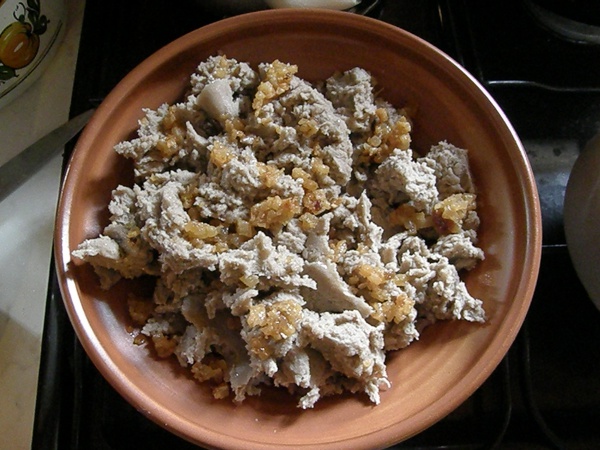Facts About Žganci
Žganci is a beloved traditional dish in Slovenian and Croatian cuisine, known by various names across different regions. Often considered a "poor man's food" it's similar to polenta but made with finer grains. The dish typically uses buckwheat flour, maize, wheat, or a combination of potato and wheat flour, cooked with water, cooking oil, and salt until it reaches the perfect consistency. Once cooked, it's crumbled onto a plate for serving.
In Slovenia, there's also a softer version known as the Styrian style, which has its own fan base. Žganci can be enjoyed in many ways: with milk, honey, lard and cracklings, or yogurt. The savory version is often paired with meat as part of a main dish, making it versatile and satisfying.
Historically, Žganci was a staple meal in the central and Alpine regions of Slovenia, playing a crucial role in the population's diet and survival. It was a go-to for breakfast, lunch, or dinner and could be easily reheated or toasted for the next meal. Back in the day, Belsazar Hacquet noted that Žganci was often served with sauerkraut in Upper Carniola.
The name "Žganci" comes from the Slovenian verb "žgati" which means "to burn" or "to toast." This dish has a rich history and remains a cherished part of Slovenian and Croatian culinary traditions. Whether you're looking for a comforting breakfast or a hearty dinner, Žganci offers a taste of history and home.

 Montenegro
Montenegro